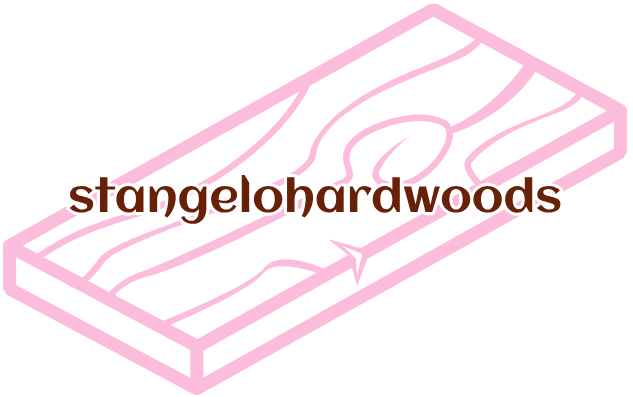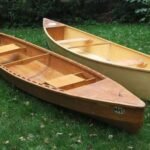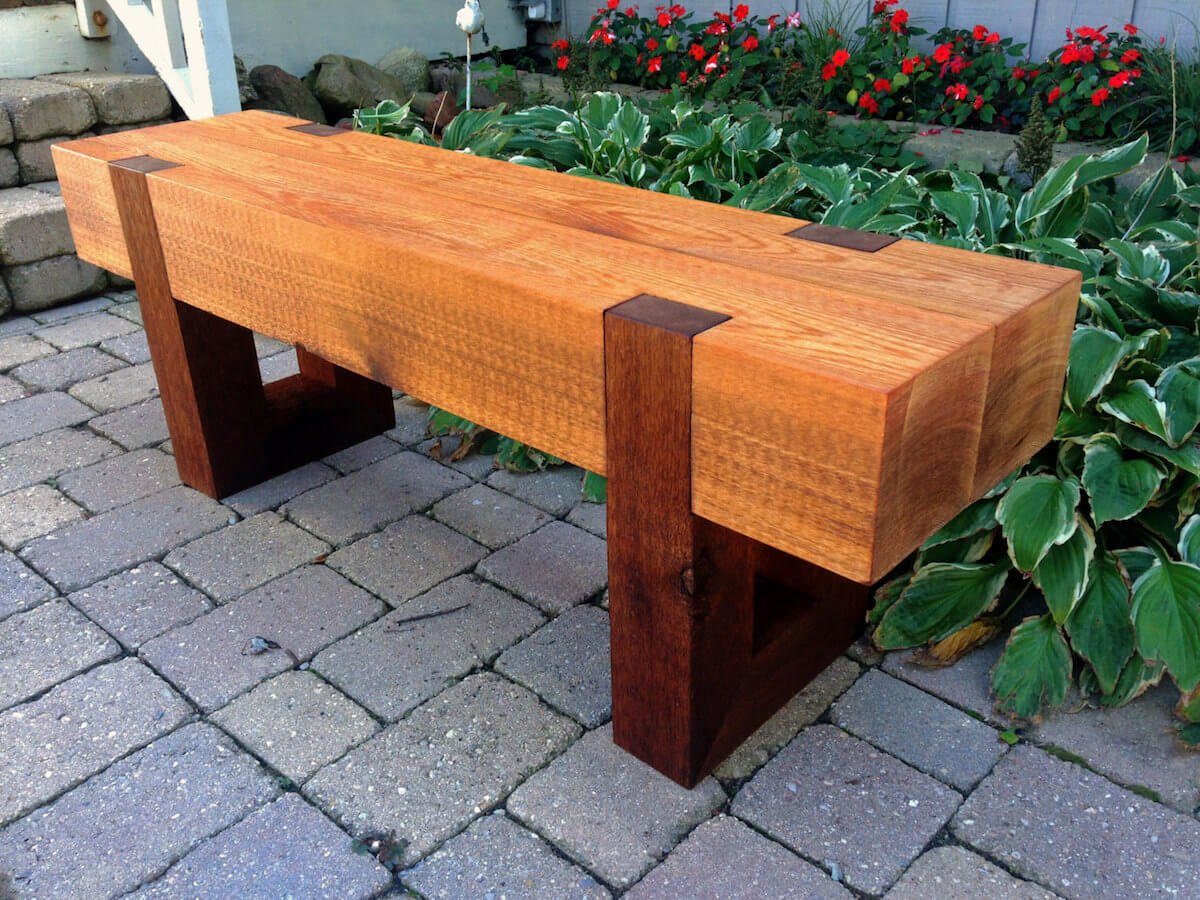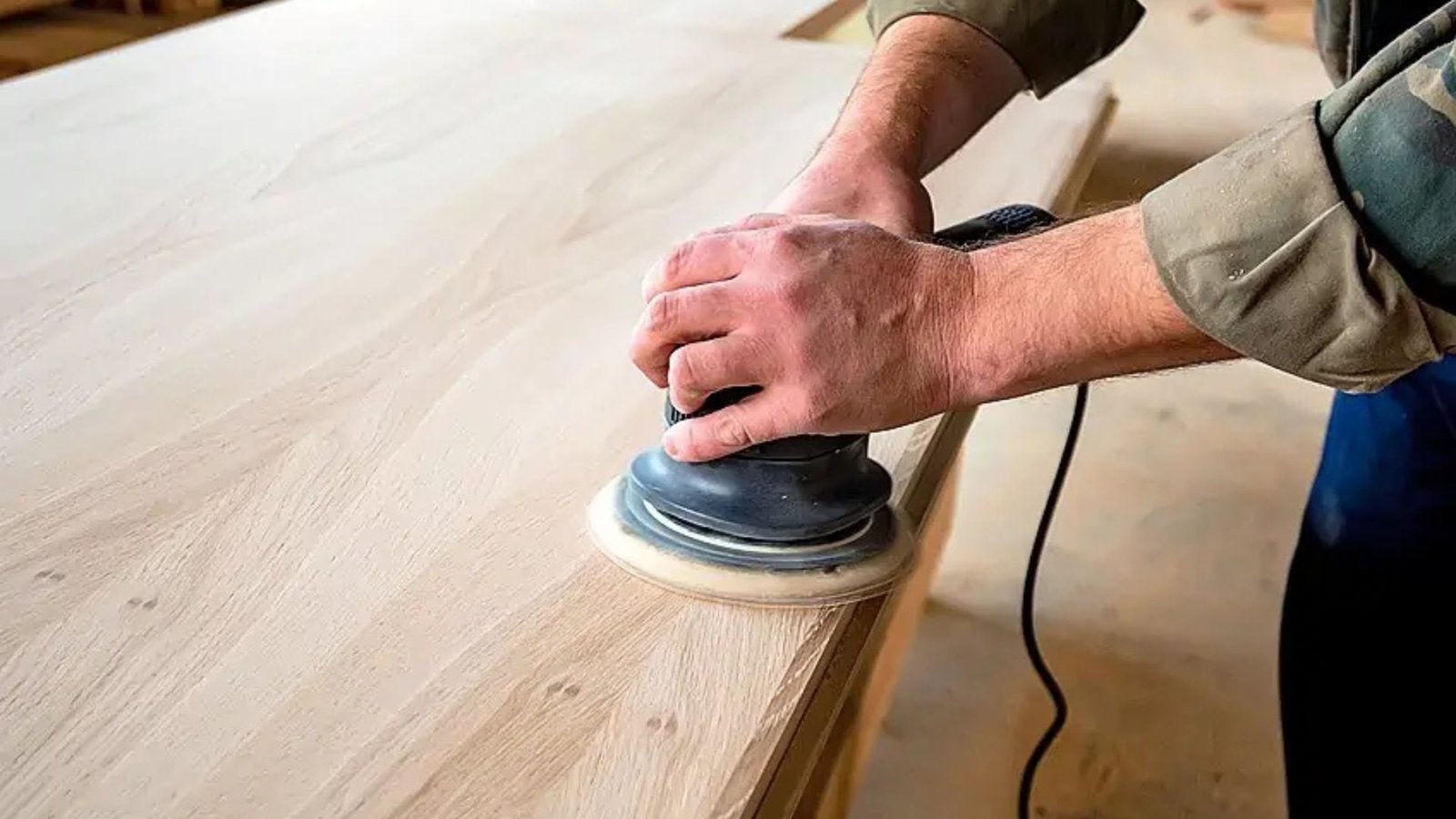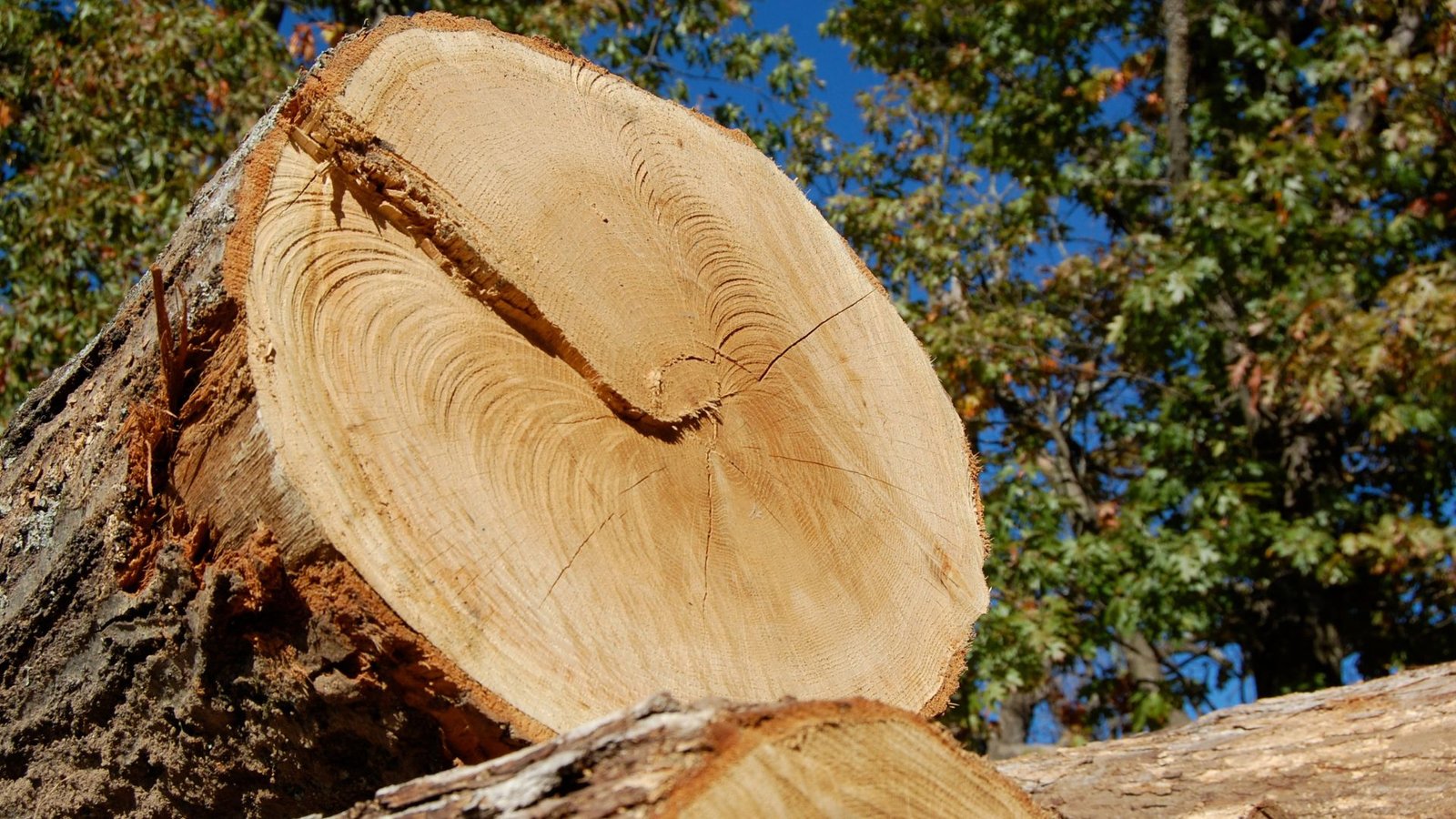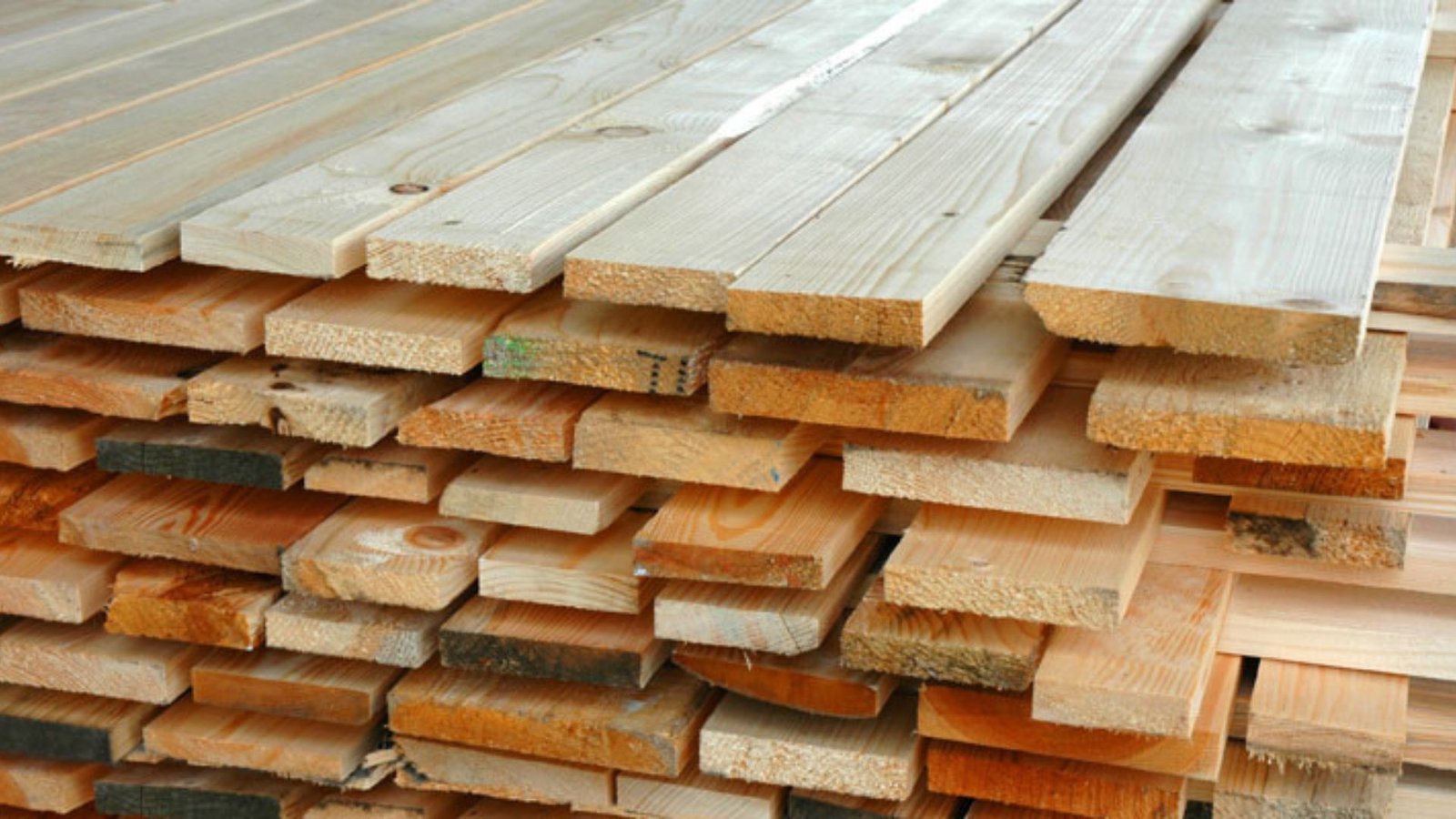When it comes to outdoor construction projects, choosing the right lumber is essential for durability, strength, and resistance to the elements. Whether you’re building a deck, a fence, or an outdoor shed, the right type of wood can make a huge difference in the longevity and appearance of your project. In this guide, we’ll explore the top lumber choices for outdoor construction and what makes each option ideal for different types of projects.
1. Pressure-Treated Pine
Pressure-treated pine is one of the most popular and affordable choices for outdoor construction. This type of wood is chemically treated to resist rot, insects, and moisture, making it perfect for projects exposed to the elements.
Why Choose Pressure-Treated Pine?
- Affordable: Pressure-treated pine is widely available and inexpensive compared to other outdoor lumber options.
- Resistant to decay: The chemical treatment prevents rot and fungal growth, which is essential for outdoor structures.
- Versatile: Suitable for a variety of projects, including decking, fences, and garden structures.
Best Uses:
- Decking
- Fencing
- Raised garden beds
- Outdoor furniture
Tips:
- Over time, pressure-treated wood can warp and crack, so make sure to maintain and seal it to extend its lifespan.
2. Cedar
Cedar is a naturally durable wood that is resistant to decay, insects, and moisture. It’s a popular choice for outdoor construction due to its natural beauty and longevity.
Why Choose Cedar?
- Natural resistance: Cedar is naturally resistant to rot, decay, and pests without the need for chemical treatments.
- Aesthetic appeal: Cedar has a rich, reddish color and a pleasant aroma, making it an attractive option for outdoor projects.
- Lightweight: Cedar is easier to handle than many other types of wood, making it ideal for DIY projects.
Best Uses:
- Fencing
- Siding for outdoor buildings
- Garden furniture
- Outdoor decking (in dry climates)
Tips:
- Cedar can fade to a silvery gray color when exposed to the sun, so applying a finish or sealant will help preserve its original look.
3. Redwood
Redwood is another excellent choice for outdoor construction, known for its beauty, durability, and natural resistance to the elements. Like cedar, redwood is resistant to moisture and insects, making it perfect for high-end outdoor projects.
Why Choose Redwood?
- Long-lasting: Redwood is highly resistant to decay and pests, making it perfect for long-term outdoor use.
- Attractive appearance: With its rich, deep color and striking grain pattern, redwood adds a beautiful touch to any outdoor structure.
- Stable: Redwood is less likely to warp or shrink, even in changing weather conditions.
Best Uses:
- Decking
- Fencing
- Pergolas and gazebos
- Outdoor furniture
Tips:
- Redwood is often more expensive than other lumber options, but its longevity and appearance make it worth the investment for high-end projects.
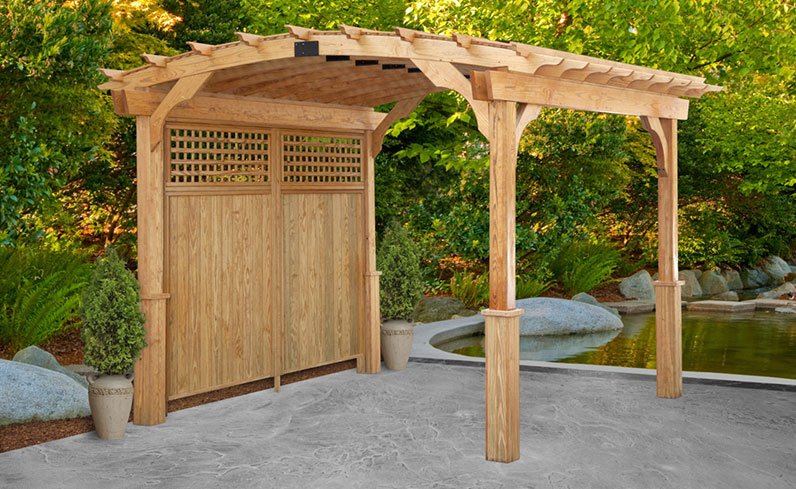
4. Tropical Hardwoods (Teak, Ipe, Mahogany)
Tropical hardwoods like teak, ipe, and mahogany are highly durable and resistant to harsh weather conditions. These woods are perfect for projects that require top-notch durability and aesthetic appeal.
Why Choose Tropical Hardwoods?
- Exceptional durability: These woods are incredibly dense and resistant to moisture, rot, and insects.
- Beautiful finish: Tropical hardwoods have stunning color variations and natural patterns, making them ideal for decorative outdoor projects.
- Long lifespan: Due to their strength and resistance to decay, tropical hardwoods last much longer than many other types of wood.
Best Uses:
- High-end decking
- Outdoor furniture
- Boat building
- Exterior cladding
Tips:
- Tropical hardwoods tend to be more expensive and harder to work with due to their density. Regular oiling can help maintain their rich color and prevent drying out.
5. Composite Lumber
While not a natural wood option, composite lumber is a popular choice for decking and other outdoor applications due to its low maintenance requirements and durability.
Why Choose Composite Lumber?
- Low maintenance: Unlike natural wood, composite lumber doesn’t need to be stained or sealed regularly.
- Durable: Composite lumber is resistant to rot, mold, and insects, making it ideal for areas with high humidity or rainfall.
- Eco-friendly: Made from a combination of recycled wood fibers and plastic, composite lumber is an environmentally friendly choice.
Best Uses:
- Decking
- Railing
- Outdoor furniture
Tips:
- Composite lumber tends to be more expensive upfront but can save you money over time due to its minimal maintenance needs.
6. Pressure-Treated Douglas Fir
Douglas fir is a popular choice for outdoor construction because of its strength and ability to withstand the elements, especially when pressure-treated for enhanced durability.
Why Choose Douglas Fir?
- Strength: Douglas fir is known for its high strength-to-weight ratio, making it ideal for structural applications.
- Affordable: Pressure-treated Douglas fir offers a budget-friendly option without sacrificing performance.
- Versatility: It’s suitable for a wide range of outdoor projects, including beams, posts, and framing.
Best Uses:
- Deck framing
- Fencing posts
- Structural beams and supports
- Siding for outdoor structures
Tips:
- Ensure the lumber is pressure-treated to resist rot and pests before using it outdoors. Regular maintenance and sealing will extend its lifespan.
7. Plywood (For Outdoor Use)
Exterior plywood, treated for moisture resistance, is a good option for various outdoor construction projects, especially when you need large sheets of wood for siding, sheathing, or other structural applications.
Why Choose Exterior Plywood?
- Affordable: Plywood is often more affordable than solid wood for large surface areas.
- Strong and stable: When treated for outdoor use, plywood offers excellent durability and strength for large projects.
- Versatile: Can be used for sheathing, siding, and flooring in sheds, garages, and other outdoor structures.
Best Uses:
- Siding for sheds or cabins
- Flooring for outdoor structures
- Roof sheathing
Tips:
- Always choose plywood that is specifically rated for exterior use to ensure it’s treated for moisture resistance.
8. Southern Yellow Pine
Southern yellow pine is a popular, cost-effective option for outdoor construction. It’s especially well-suited for structural purposes, such as framing and decking.
Why Choose Southern Yellow Pine?
- Affordable: Southern yellow pine is a budget-friendly choice for large outdoor projects.
- Strong and durable: This wood is known for its strength, making it suitable for framing and structural elements.
- Widely available: It’s easy to find at most lumber yards and home improvement stores.
Best Uses:
- Deck framing
- Fencing
- Outdoor beams and posts
Tips:
- Make sure to pressure-treat southern yellow pine before using it for outdoor projects to protect it from moisture and insects.
Conclusion
When choosing lumber for outdoor construction, it’s important to select the right material based on your project’s specific needs, climate, and budget. For cost-effective options, pressure-treated pine and Southern yellow pine are excellent choices. If you’re looking for something more durable and aesthetically pleasing, cedar, redwood, or tropical hardwoods like teak and ipe are great options. Don’t forget about composite lumber, which is an excellent low-maintenance alternative. By considering these top lumber choices, you can ensure that your outdoor projects are built to last.
